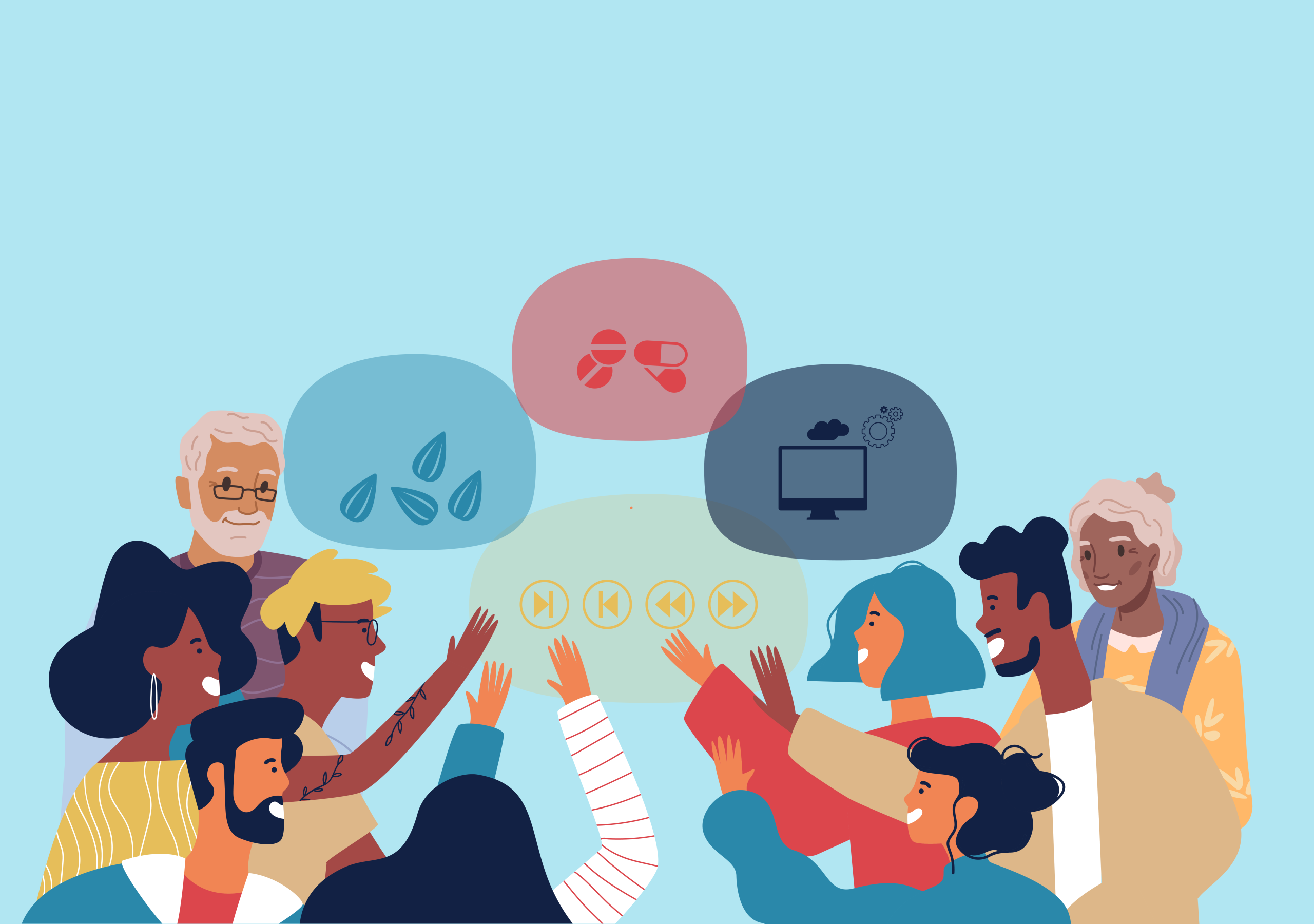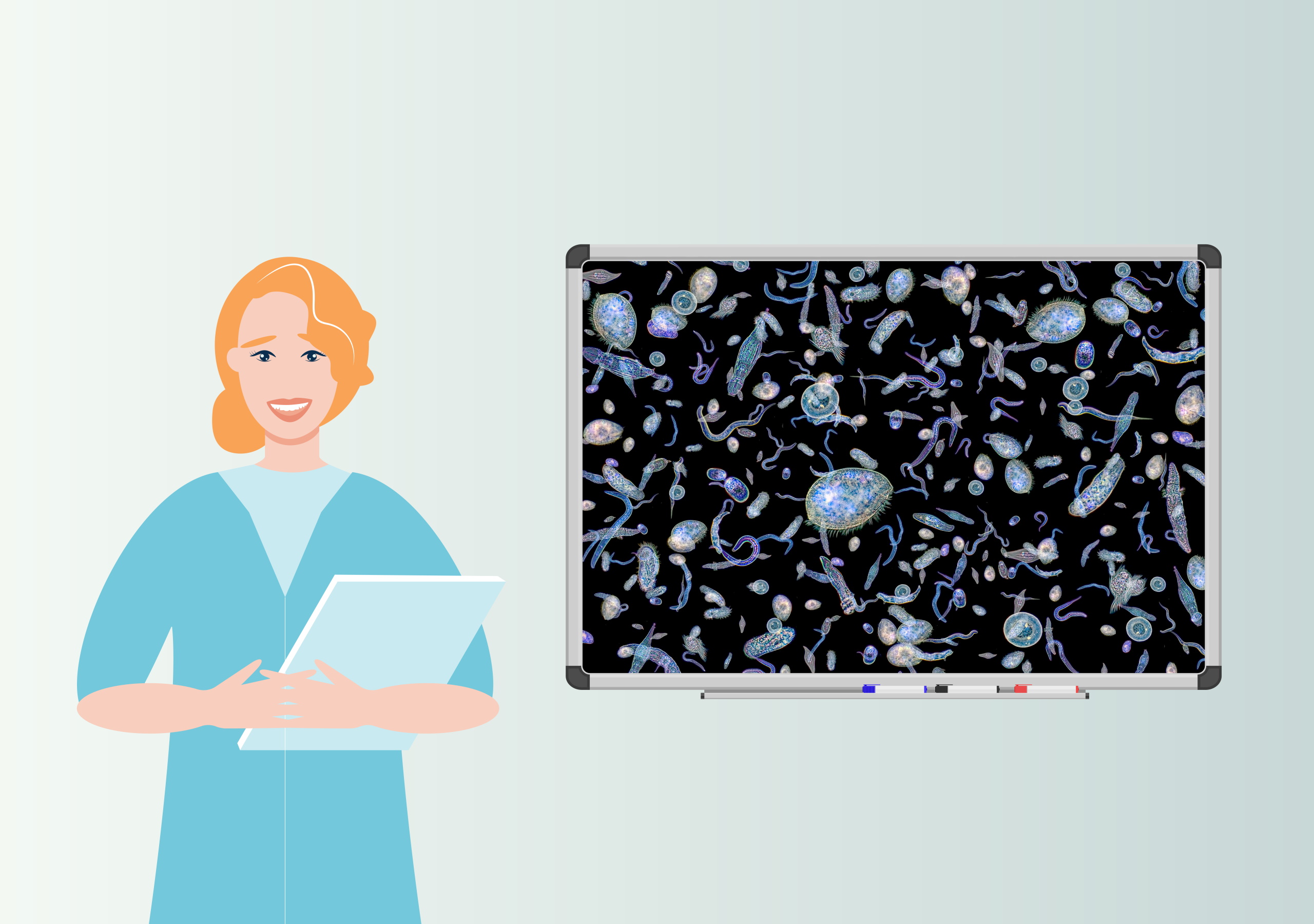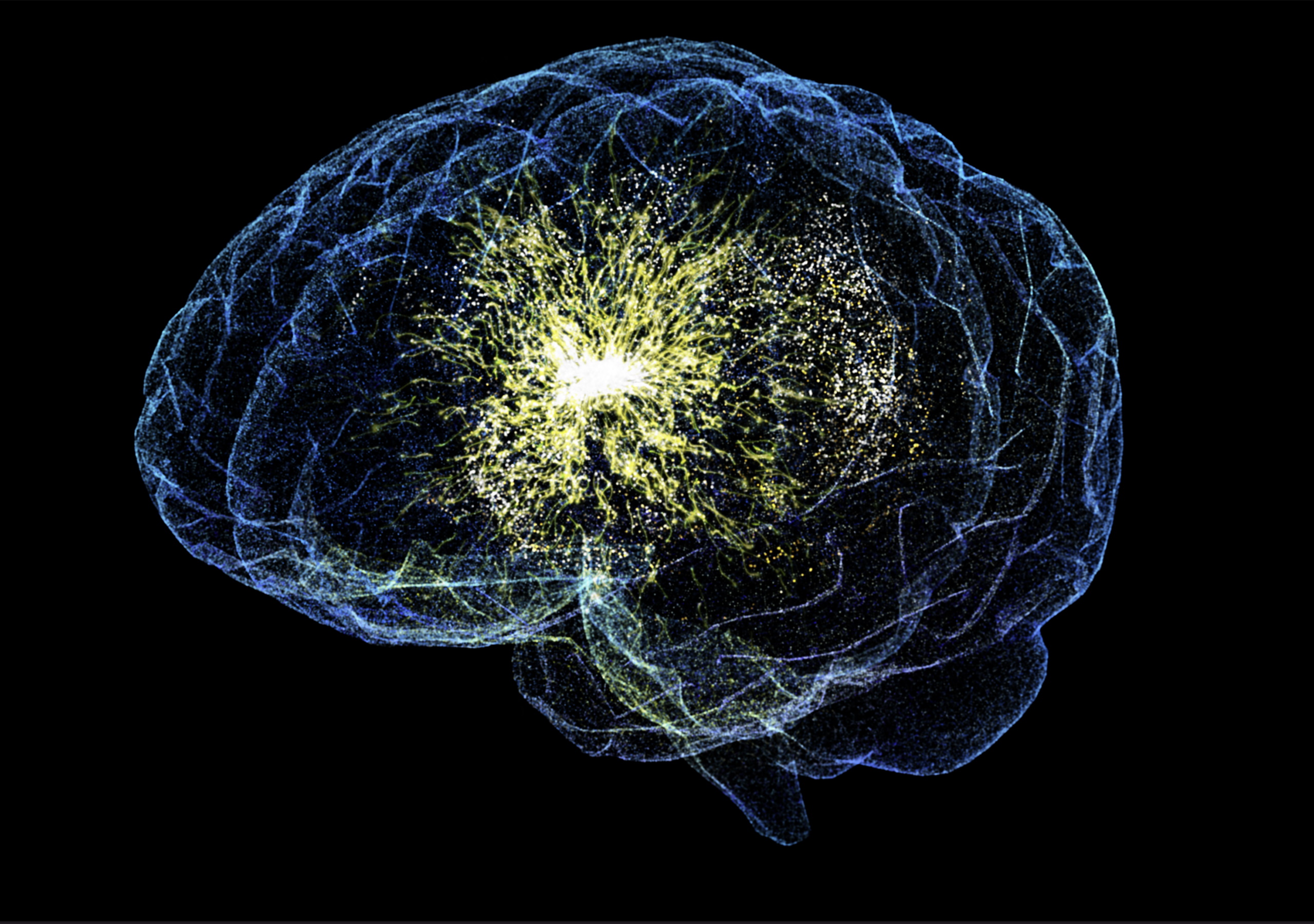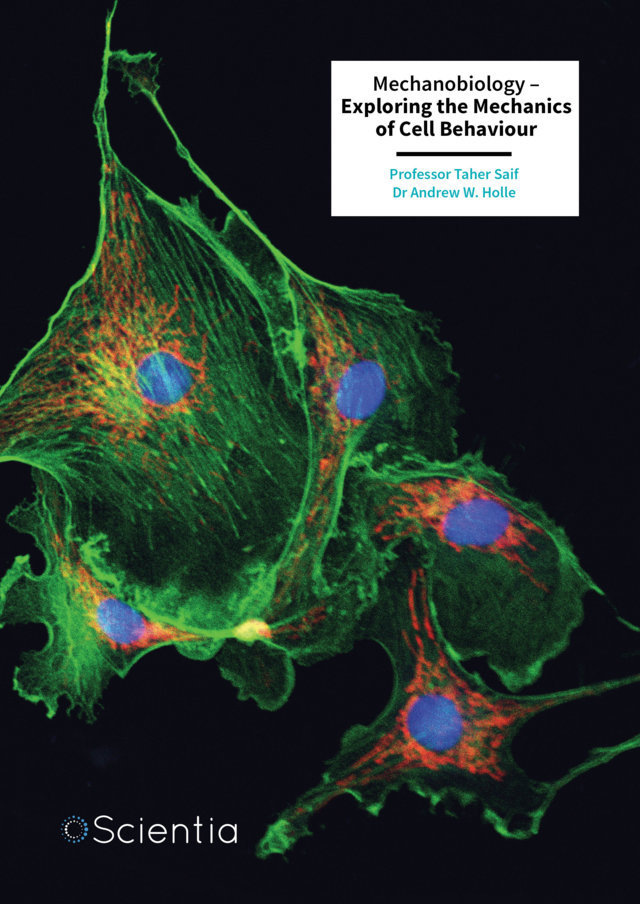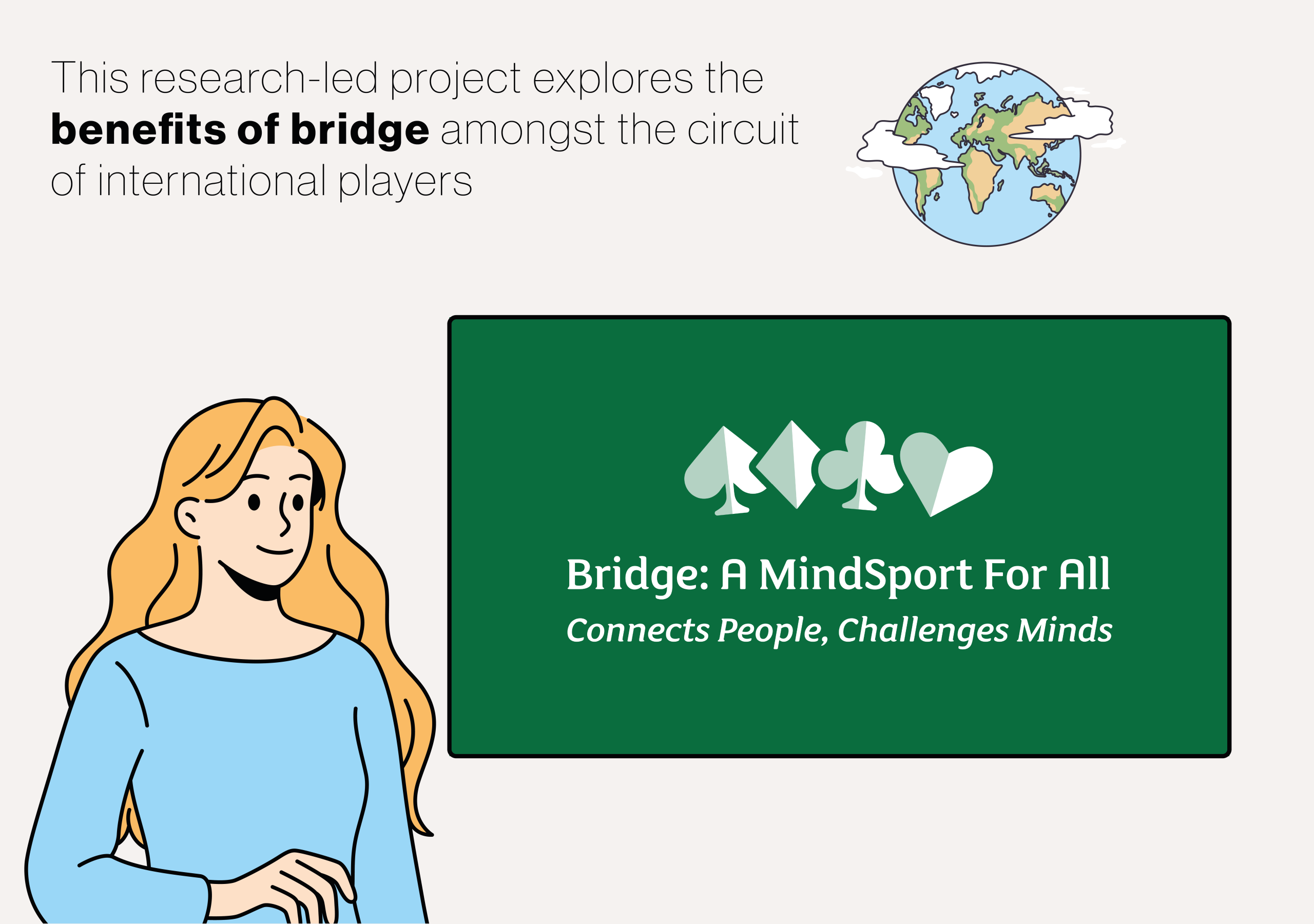Cases of type 2 diabetes are on the rise around the world, so gaining a deeper understanding of this chronic condition is vital to ensure early diagnosis and good outcomes for patients. Dr Xiaomu Li and her colleagues at Zhongshan Hospital, Fudan University are conducting important research to understand the risk factors associated with developing type 2 diabetes. Their findings will help healthcare providers to identify patients at high risk of diabetes, enabling early diagnosis and targeted interventions to prevent the development of the condition.
After eating carbohydrates, a person’s blood sugar levels begin to rise. The pancreas then usually releases a hormone called insulin into the blood, which helps sugar in the blood to become absorbed into the body’s cells for use as an energy source. More
However, people with type 2 diabetes either cannot produce enough insulin or their bodies are not responsive enough to the hormone – a phenomenon known as insulin resistance. As their cells cannot effectively absorb sugar, people with this condition typically have high blood sugar levels.
The risk of developing type 2 diabetes is linked to high blood pressure and obesity, which can often be reduced with healthy lifestyle choices. However, the risk also increases with age, and some ethnicities have a higher risk of developing the condition. For example, according Diabetes UK, people of South Asian descent are up to four times more likely to develop type 2 diabetes.
High blood sugar levels can cause symptoms such as fatigue, excessive thirst, and blurred vision. Having high blood sugar for long periods of time can also lead to permanent damage to the eyes, kidneys, nerves and cardiovascular system. According to the World Health Organization, diabetes is a major cause of heart attacks, strokes, kidney failure, blindness, and lower limb amputation.
Early diagnosis, regular monitoring and treatment are vital for avoiding these serious complications, but sadly the number of people with diabetes is increasing across the globe. In 2017, there were about 451 million adult patients globally, and this number is expected to increase to 693 million by 2045.
Dr Xiaomu Li’s team at Zhongshan Hospital at Fudan University in Shanghai, China, works to unravel the relationships between high blood pressure, insulin resistance, and the risk of developing type 2 diabetes. Individuals with high blood pressure are at much higher risk of developing diabetes, and around half of people with diabetes also suffer from high blood pressure. In addition, the risk of cardiovascular disease in these patients is about four times that of people with diabetes who have normal blood pressure.
Dr Li and her colleagues recently carried out a study to investigate the relationships between blood pressure and varying degrees of insulin resistance, and how these two factors were linked with new diagnoses of diabetes. This was the first study to investigate whether high blood pressure and insulin resistance could predict a person’s risk of developing type 2 diabetes. The team hypothesised that high blood pressure and insulin resistance may lead to a dangerous feedback loop, resulting in the development of diabetes.
To conduct their study, Dr Li and her team investigated the records of 1251 adults with no history of diabetes, who had been reviewed in the Physical Examination Centre of Zhongshan Hospital in 2015. They collected data on a number of factors, including blood pressure, blood sugar levels, and cholesterol levels. From the patient records, the researchers also calculated the HOMA-IR value. This stands for ‘Homeostatic Model Assessment of Insulin Resistance’ and describes the level of insulin resistance in the body. The team then analysed the data while taking into account individual differences, such as gender and age.
Out of the 1251 study participants, Dr Li’s team found 166 new cases of diabetes, which is a total detection rate of just over 13%. The rate of newly diagnosed diabetes was about four times higher in the adults who had high blood pressure compared to those with normal blood pressure. Even participants whose blood pressure was at the higher end of the normal range had an increased rate of new diabetes diagnosis. In terms of insulin resistance, the researchers found that higher HOMA-IR scores were correlated with higher rates of diabetes.
The team then combined the blood pressure data with the HOMA-IR values that indicated higher levels of insulin resistance, and performed further statistical analysis. They discovered that the risk of diabetes was a staggering 38 times higher in these individuals compared to those with low HOMA-IR scores and normal blood pressure.
Dr Li and her colleagues conclude that higher blood pressure and insulin resistance levels combine to exponentially increase a person’s risk of developing type 2 diabetes. Armed with this knowledge, doctors and other healthcare workers can more easily identify individuals who are at particularly high risk of developing this often-irreversible condition.
For instance, screening programs that assess the HOMA-IR scores of patients with high blood pressure would enable healthcare providers to identify the most at-risk patients, allowing them to devise targeted intervention strategies that prevent or delay the onset of diabetes. For those who have already developed the condition, such screening programs would enable earlier diagnoses, allowing patients to begin treatments that can prevent the often life-changing complications of diabetes.


